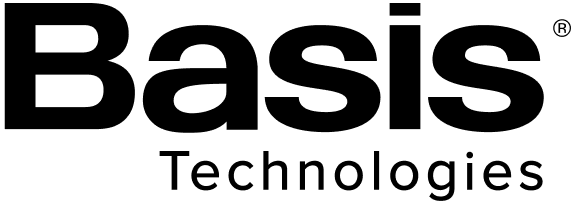“Data-Driven Thinking” is written by members of the media community and contains fresh ideas on the digital revolution in media.
Today’s column is written by Amy Rumpler, SVP of paid search and social media at Basis Technologies.
Meta has long been the king of social media advertising. But the cost to reach consumers on the platform has been steadily rising.
Privacy-related changes to browsers and operating systems are making it increasingly difficult and costly to reach audiences, as well as to measure and optimize campaigns. This contributed to Meta’s CPMs increasing by 61% YoY to an average of $17.60 earlier this year (although its average CPMs dropped to $14 in Q3).
Meta’s wide reach and success around low-funnel objectives can be worth it. CPMs might be high, but if a brand’s cost per order has remained stable, it’s likely a worthwhile investment. For advertisers focused on higher funnel objectives like awareness or reach, however, here are some alternative options.
Lean into discovery with Pinterest
People come to Pinterest for inspiration and to shop, often going through the full buyer journey while on the platform. Because its users have purchase intent, brands offering solutions and products that help them make decisions are seen as a help, not a hindrance. Users are seven times more likely to say Pinterest influences their buyer journey. They also tend to spend twice as much monthly, compared with other platforms. The bonus for advertisers: CPMs on Pinterest were 44% lower than Meta’s in Q1 of 2022.
Pinterest’s video ads have 3x higher viewability and 2x higher completion rates than other platforms. And as it morphs into a commerce solution with product tagging and catalogs, its shopping ads drive three times the conversions and double the positive incremental ROAS as other social platforms.
Its features are also becoming increasingly robust: brands can bring user-generated content into ads, add click-through links, and do dynamic retargeting. Pinterest Trends can reveal the content most searched by users, while Try On stickers can spur consumers to trial a product. As social commerce is forecasted to generate $1.2 trillion in sales by 2025, Pinterest is a great opportunity for advertisers.
Tapping into trends with TikTok
TikTok, the third-largest social network in the world, is expected to see almost $12 billion in global ad revenue this year—more than Twitter and Snapchat combined. With U.S. adults spending an average of 46 minutes per day on the platform, TikTok has ascended to YouTube levels of engagement.
Similar to Pinterest, TikTok can rapidly speed up the purchase cycle as users move from discovery to action. And TikTok users are 1.7x more likely to buy products they discover in their app compared to other platforms.
Its offerings include commerce capabilities as well, including product links, live shopping, integrations with digital shopping carts like Shopify, and a full-service commerce solution that handles the end-to-end ecommerce journey, from shipping to fulfillment to point of purchase.
With CPMs on TikTok 39% lower than Meta’s, there’s an even sweeter payoff for brands who can get consumers to say #tiktokmademebuyit.
Take another look at LinkedIn
While you might think LinkedIn is just a space for discussing business, it can also be a great place to invest in paid brand advertising.
LinkedIn boasts more than 750 million users across the globe who you can target by job title, function, industry, and other characteristics. These users possess two times the buying power of average online audiences.
LinkedIn is also fairly budget-friendly, letting you bid on a CPC or CPM basis with a nominal $10-20 per day minimum for campaigns. CPMs on LinkedIn sometimes appear higher than on other platforms, but because their niche first-party audience targeting options are hard to beat, the value often outweighs the required investment.
If you have a limited budget or are still trying to see how LinkedIn advertising fits into your digital marketing strategy, you can test out the waters without having to make a significant commitment, then scale up your efforts as needed.
While CPMs might continue to rise across all social platforms, it’s unlikely the CPMs on the platforms mentioned above will be higher than Meta’s.
What’s more, the improved ad experience and new commerce capabilities on non-Meta platforms could provide long-term benefits that justify higher short-term costs for digital advertisers.
Follow Basis Technologies (@basisglobaltech) and AdExchanger (@adexchanger) on Twitter.















